A choke is a passive device that adds inductance to a circuit.
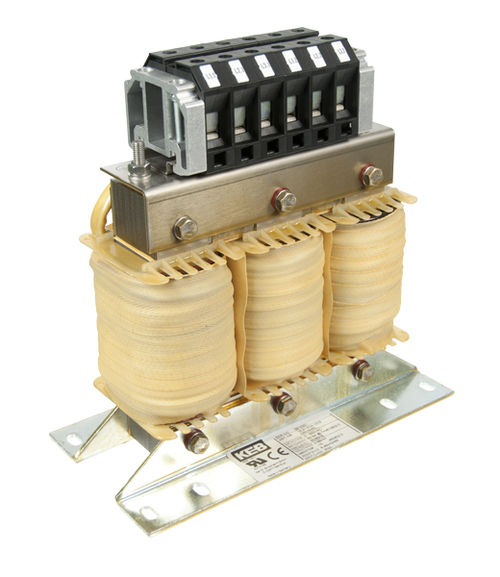
Inductance is a property of a coil of wire that resists any change to the current flowing through it. (Straight wires also possess a small amount of inductance.) In other words, if current through the coil increases, the magnetic field of the coil produces a voltage (Emf) that opposes the change. The inductance of a device determines the amount of Emf generated for a given change in current:
![]()
Where:
Emf = induced voltage (V)
L = inductance (V*s/A = Henry, H)
dI/dt = current rise time (A/s)
A motor choke is the common name given to an inductive device installed between the output of a servo drive or variable frequency drive (VFD) and the terminals of the servo motor or AC induction motor. Its purpose is to reduce the current peaks that occur at the drive output due to pulse-width modulation (PWM) of the voltage.
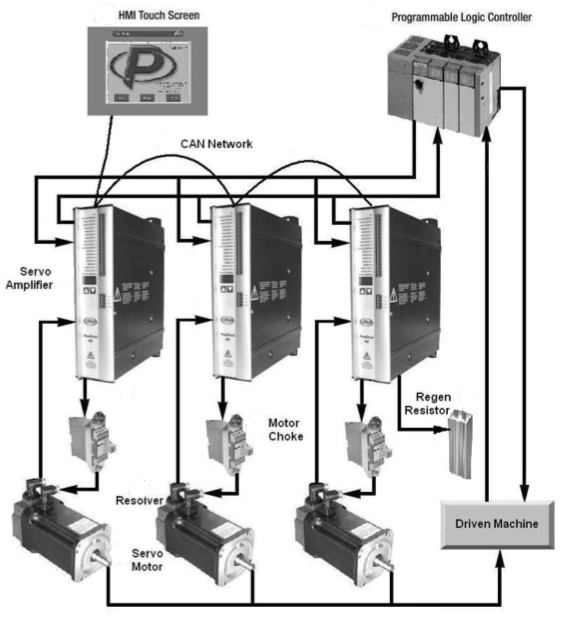
Image credit: Force Control Industries
Pulse-width modulation is a key operating principle of most variable frequency drives and servo drives. It works by switching the voltage across the drive transistors on and off at a very high frequency — typically in the range of 20 kHz — creating pulses of voltage. The switching frequency determines the width of the pulses, while the ratio of on-time to off-time controls the average voltage supplied to the motor.
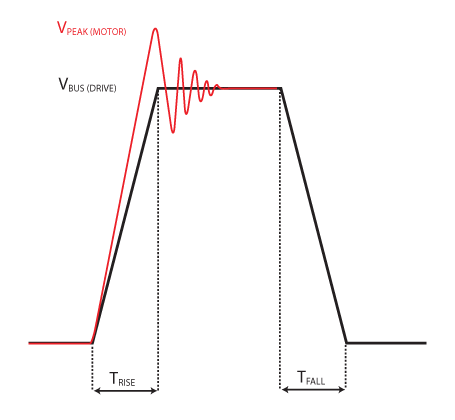
Image credit: KEB America
However, PWM control causes sharp changes of the drive signals, as well as noise due to the high-frequency switching — problems that are exacerbated when long cables are used between the drive and the motor. Like the motor coils, cables also posses impedance, and if the impedance of the cable is vastly different than the motor impedance, a reflected wave can occur, sending voltage back through the cable from the motor terminals to the drive. This voltage can, in a worst-case scenario, add to the voltage supplied by the drive and result in very high voltage at the motor, causing significant motor heating and damage to the motor insulation and bearings.
A motor choke helps to remedy these problems by extending the rise time (dV/dt) of the drive signals. This reduces the sharp corners, or peaks, of the voltage waveform to rounded edges, protecting the motor from surges and the associated heating that occurs. A choke placed between the drive and the motor also helps to reduce electromagnetic interference from the cables and the possibility of reflected waves.
Without a motor choke, drive manufacturers typically recommend a maximum motor cable length of around 25 meters (recommendations vary depending on the motor, drive, and application). With a motor choke, the maximum cable length can be significantly extended, often to 50 or 100 meters.
Chokes and reactors are both inductive devices, and the terms “choke,” “reactor,” and “inductor” are often used interchangeably.
When discussing motor-drive systems, the term “reactor” is most often used for an inductive device placed between the main power supply and the drive. The term “choke” is most often used for an inductive device placed between the drive and motor. Both “choke” and “reactor” are commonly used terms for an inductive device placed after the input diodes (between the input rectifier and the DC bus link) in a VFD.

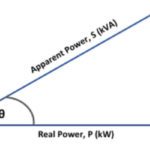

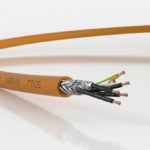
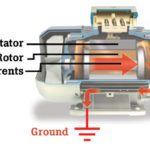
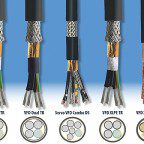

Leave a Reply
You must be logged in to post a comment.